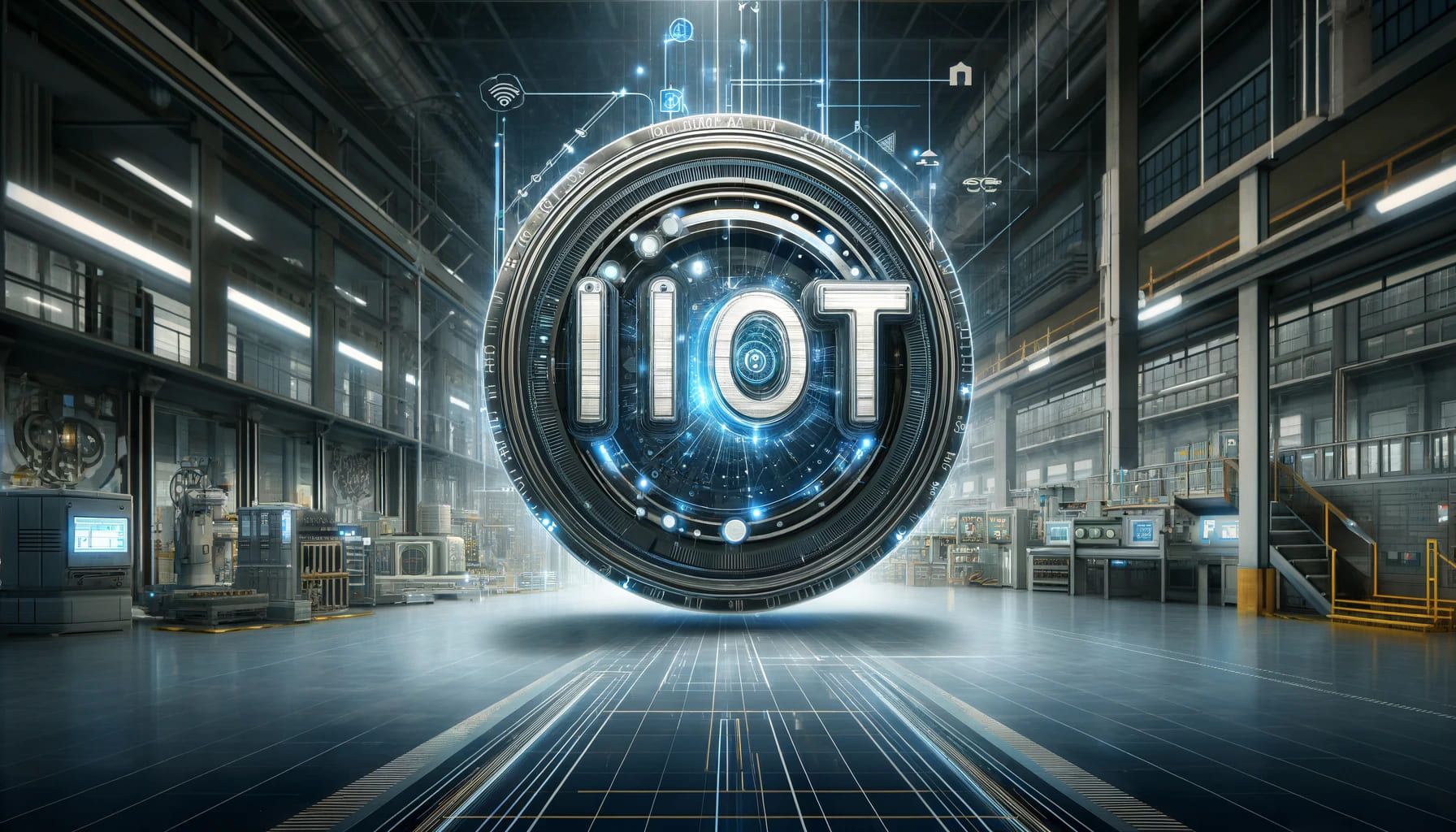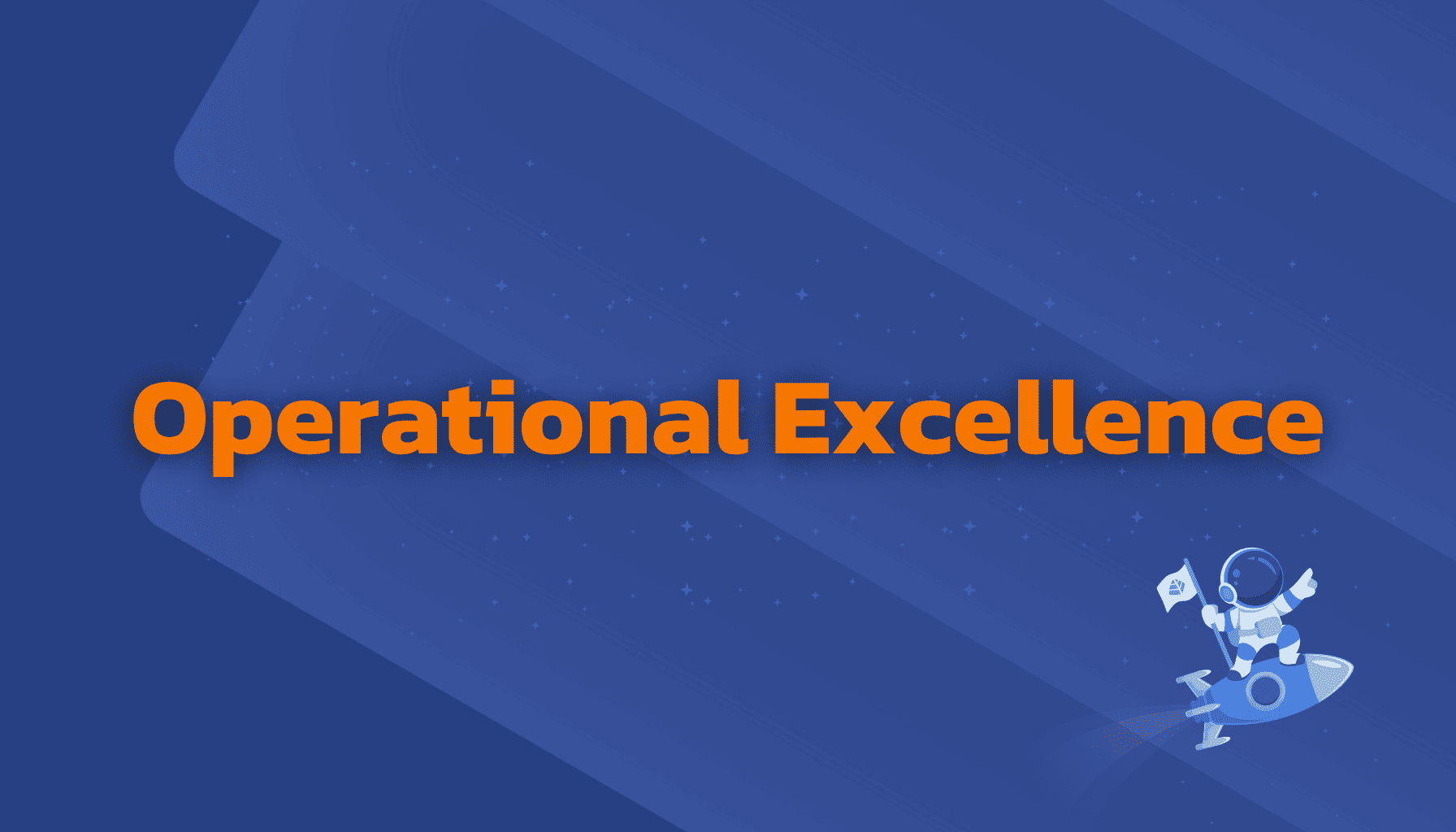What is the Industrial Internet of Things (IIoT)?

Welcome to our comprehensive guide to IIoT technologies! In this article, you can expect in-depth insights and a detailed overview of the latest developments and applications in the field of the Industrial Internet of Things:
- Key technologies and components
- Advantages of IIoT for the industry
- Challenges in the implementation of IIoT
- Cloud-native MES and its synergies with IIoT
- Future trends in the IIoT
- Strategies for implementing IIoT in companies
Introduction
In this rapidly evolving digital era, the Industrial Internet of Things (IIoT) is playing a crucial role in transforming industrial processes and systems. By seamlessly connecting machines and devices, the IIoT enables improved data collection and analysis, helping companies to increase efficiency and optimize operations.
To delve further into this technology and its impact, we will look at the key technologies and components of IIoT in detail below. This includes a discussion of the essential systems, networks and security aspects that are critical to the success of IIoT in modern industrial applications.
Key technologies and components
.jpg?width=1792&height=1024&name=IOT%20(3).jpg)
What is an IOT device?
IoT (Internet of Things) devices are networked objects that can exchange data via the internet. They are equipped with sensors and software and sometimes also with actuators to perform various tasks. These devices have a wide range of applications, from smart home solutions such as intelligent thermostats and security cameras to wearable health monitors such as fitness wristbands and smartwatches.
In industry, they are used to monitor machines and control production processes, while in the automotive sector, connected vehicles can send information about their condition and receive traffic data. The integration of IoT devices enables improved monitoring and control, increases efficiency, reduces costs and opens up new insights and services.
Sensors and devices
-
Description: Sensors are the eyes and ears of the IIoT. They collect critical real-time data on machine status, environmental conditions and more.
-
Examples: Temperature sensors, pressure sensors, vibration sensors and position sensors.
Network and connectivity
-
Communication protocols: Data transmission in IIoT systems depends on reliable and secure communication protocols. These often include industry-standardized protocols as well as customized solutions.
Edge and Cloud Computing
-
Edge Computing: Data is processed at the source, i.e. directly at the devices or in their immediate vicinity. This reduces latency times and bandwidth requirements.
-
Cloud Computing: The cloud offers extended analysis capabilities and enables centralized data management and evaluation. This is crucial for the scalability of IIoT solutions.
These technologies enable the seamless integration of physical industrial plants with digital systems, which promotes a profound transformation of traditional industrial processes.
Advantages of IIoT for the industry
.jpg?width=1792&height=1024&name=IOT%20(2).jpg)
The Industrial Internet of Things (IIoT) has revolutionized the industrial landscape by offering comprehensive benefits ranging from increased efficiency to substantial cost reductions. By intelligently connecting machines and systems, IIoT enables a new form of production optimization and process automation.
Increased efficiency
-
Optimized operations: By using IIoT technologies, companies can make their operations more efficient. Sensors and smart devices continuously collect data that is used to monitor and fine-tune production processes, leading to a significant increase in overall efficiency.
-
Remote monitoring and predictive maintenance: IIoT makes it possible to monitor machines and systems remotely and plan predictive maintenance measures. This minimizes downtimes and extends the service life of the equipment.
Cost reduction
-
Minimization of downtimes: The preventative maintenance that IIoT systems enable can avoid costly breakdowns and repairs. The ability to detect and fix problems early reduces unnecessary expenditure and optimizes the use of resources.
-
Energy savings: Intelligent IIoT solutions offer the opportunity to reduce energy consumption and costs by precisely analyzing and adapting the energy requirements of machines and systems.
Improved data analysis and decision-making
-
Advanced analytics: The data collected through IIoT provides valuable insights into production processes and market trends, leading to better-informed decisions. Advanced analytics tools and AI-powered algorithms interpret this data to identify patterns and make predictions.
-
Customer-oriented solutions: With IIoT, companies can develop customized solutions that are specifically tailored to their customers' needs, resulting in improved customer satisfaction and loyalty.
These aspects underline how IIoT not only makes industrial production more efficient and cost-effective, but also enables smarter and data-driven decisions that contribute to the sustainable transformation of companies.
Challenges in the implementation of IIoT
Although the Industrial Internet of Things (IIoT) offers considerable advantages for industry, its implementation also poses various challenges. These range from technical difficulties to questions of IT security and acceptance at an organizational level.
Security concerns and data protection issues
-
Cybersecurity risks: As the number of networked devices increases, so does the risk of cyberattacks. Securing IIoT infrastructures against unauthorized access is therefore of crucial importance.
-
Data protection: In the networked world of IIoT, large amounts of sensitive data are generated and transmitted. Protecting this data from misuse is a key challenge, particularly with regard to compliance with legal data protection requirements.
Complexity of integration into existing systems
-
Legacy systems: Many industrial companies rely on old systems that are not easily compatible with new IIoT technology. The integration of IIoT solutions into existing IT systems can be technically challenging and cost-intensive.
-
Interoperability: Ensuring that new and old technologies work together seamlessly requires extensive planning and often the development of specialized middleware solutions.
Scalability and management of IoT devices
Network infrastructure: Scaling IIoT solutions places high demands on the network infrastructure to cope with the flood of data generated by thousands of sensors and devicesbr>
Device management: The effective management of a large number of IoT devices, including their configuration, monitoring and maintenance, is a logistical challenge.
These challenges require careful planning and often the development of new technologies and management approaches. For companies looking to implement IIoT, it is crucial to carefully evaluate both the technical and organizational aspects and develop appropriate strategies.
Cloud-native MES and its synergies with IIoT
.jpg?width=1792&height=1024&name=IOT%20(1).jpg)
Cloud-native MES platforms represent a new era in industrial manufacturing by seamlessly integrating the principles of scalability, flexibility and networked data analysis into the industrial environment. These platforms are ideally suited to take full advantage of the Industrial Internet of Things (IIoT).
Integration of cloud-native MES with IIoT technologies
-
The Industrial Internet of Things provides a robust infrastructure that enables data from a wide range of devices to be collected and used efficiently. By integrating IIoT platforms with cloud-native MES, companies can optimize their production processes and gain real-time insights.
-
IoT system: A powerful platform that can operate both on-premise and in the cloud supports the IoT ecosystem and enables seamless switching between different data sources and analysis models.
Advantages of combining cloud-native MES and IIoT
-
Scalability: Cloud-native solutions are inherently scalable, making them ideal for the dynamic requirements of modern manufacturing. They can be easily adapted to increasing data volumes and more complex IIoT systems.
-
Data integration and analytics: These systems provide advanced analytics capabilities and facilitate the integration of data from multiple sources, resulting in a more comprehensive view of production operations.
Pioneering technology in the industry
-
Industrial IoT as part of the wider internet ensures that networked devices and systems can communicate and interact in real time. This integration leads to significantly improved monitoring and control of industrial processes.
- IIoT platforms play a central role in this by providing a consistent and reliable basis for collecting and analyzing operational data, enabling decision-makers to make better-informed decisions.
Future trends in the IIoT
The Industrial Internet of Things (IIoT) is constantly evolving, and new technologies are continuously driving these changes. Here are some of the key trends that will shape the future of IIoT in industry.
Artificial intelligence and machine learning
-
Integration into IIoT systems: Artificial intelligence (AI) and machine learning are increasingly being integrated into IIoT systems in order to gain valuable insights from large volumes of data. These technologies make it possible to identify patterns and carry out optimizations in real time.
-
Automation and decision making: By analyzing data collected from IoT devices, AI algorithms can make predictions and automatic adjustments to increase efficiency and optimize production.
5G and IIoT
.jpg?width=1792&height=1024&name=IOT%20(4).jpg)
With the increasing availability and spread of 5G technology, new dimensions of networking and data transmission are opening up for the Industrial Internet of Things (IIoT). Compared to previous generations of mobile communications, 5G offers significantly higher speeds and lower latency times, enabling almost real-time communication between networked devices.
For industrial applications, this means a significant improvement in the control and monitoring of production processes.
Companies can benefit from more precise and faster reactions to production conditions, which is particularly important in automated and autonomous production environments.
Predictive Maintenance
-
Predictive maintenance: By using IoT technologies, companies can implement predictive maintenance strategies. Sensors and smart devices predict the need for maintenance by detecting signs of wear and potential faults at an early stage.
-
Reduction of downtimes: The ability to predict maintenance needs prevents unexpected machine breakdowns and maximizes equipment uptime, resulting in a significant reduction in operating costs.
Sustainable production practices
-
Energy efficiency: Modern IIoT technologies help to reduce energy consumption by enabling more precise monitoring and control of energy use in industrial processes.
-
Resource conservation: IIoT facilitates the implementation of sustainable practices in production by optimizing resource use and reducing waste, which is not only environmentally friendly but also reduces operating costs.
Strategies for implementing IIoT in companies
Introducing the Industrial Internet of Things (IIoT) into organizations is a complex process that requires strategic planning and careful execution. Here are some key strategies that companies should consider to ensure a successful implementation.
Step-by-step approach for the introduction of IIoT technologies
-
Pilot projects: Start with pilot projects to test the benefits of IIoT in a controlled environment. This makes it possible to identify and solve potential problems before a full implementation takes place.
-
Evaluation and scaling: After successful pilots, it is important to evaluate the results and scale up gradually to ensure that the infrastructure and personnel are up to the new requirements.
Selecting the right partners and technology providers
-
Skills and experience: Select partners and providers who have proven experience in your industry and the necessary technological capabilities to meet your specific IIoT requirements.
-
Support and service: Look for providers that offer not only technology, but also strong support and service to ensure smooth integration and long-term operation.
Read our other articles on related topics here:





